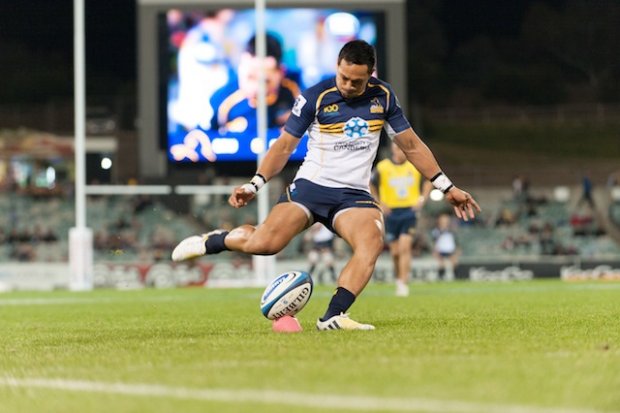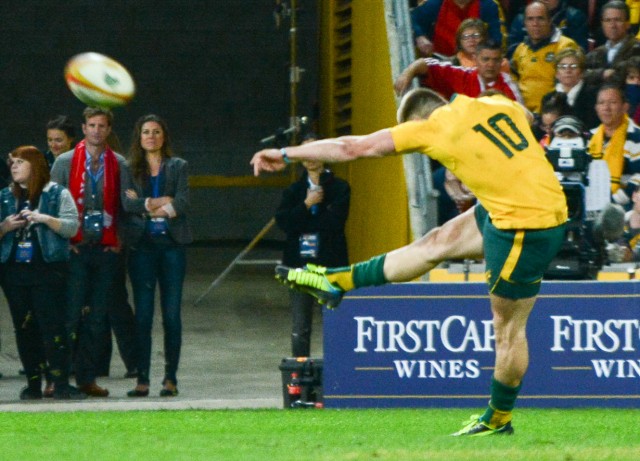So you want to slot your penalty attempts just like the best of them. You watch all the match highlights and youtube videos of your favourite players, then take yourself off to the local pitch to replicate their feats.
Whilst this form of technique analysis serves a purpose for your improvement, there are many inter-relating factors that govern a kick’s quality regardless of which type. Many of these technical elements are fundamental, and somewhat subtle to the untrained eye.
No longer is it good enough for coaches to “project manage” kicking drills at training and expect magic to happen on game day. In order to empower improvements in their players, coaches must get to know the relationship between sound movement principles and effective kicking in rugby matches.
If kicking was a recipe, then here’s two ingredients…
In the video below I outline two critical elements that must be present for ANY kick to be effective, and much cross-over exists between kicking “out of hand” & “place kicking”.
1. Manipulation of ball to correct part of foot…
These days we’re not so fixated on how a player holds the ball (or sets it on the tee) if they are able to find sweet contact between ball and foot. Take a look at how Quade Cooper grips the ball for line kicking (symmetrical hands, ball vertical) compared to say Kurtley Beale who grips a little higher and angles the ball forward (this was more pronounced in his Waratahs days). If a player gets ideal contact for their kick choice, it is not a kicking coach’s right to attempt a grip change for the sake of it!
2. Transfer of weight, through the kick…
It will be noted, and many of you may have observed, that still many players kick relying on basically leg power alone. Kicking is an “All of Body Movement”, not merely a swing of the leg. A lot of players, however, have adapted their movements over time and kick reasonably well this way. Take rugby league for instance where players are not required to generate the power and control that say a rugby union player will need to with some penalty attempts. Think about this – it’s like powering an eight cylinder car with only six cylinders……
Put simply, players need to allow transfer of energy generated in the kick to move through impact towards the target (goals). And this is with the pillar region of the body (shoulders down to hips) moving down the “channel” parallel to target area. A support foot that doesn’t release at contact (I call a handbrake) will hold back some power and control and have a tendency to rotate the body to that side. Closely observe Dan Carter’s subtle release movement, Jonny Wilkinson’s more pronounced hops after impact (above) and I have introduced a few comfortable forward steps to Juan Martin Hernandez’ place kick follow through to emphasise this.
Again, although only two ingredients have been covered, armed with a sharper eye and attention to these will produce positive results for your team’s kickers, whatever their specific role…..
Play the video for further explanation of these concepts:
http://youtu.be/yyDUMPw9OE4
By Stuart Lierich




